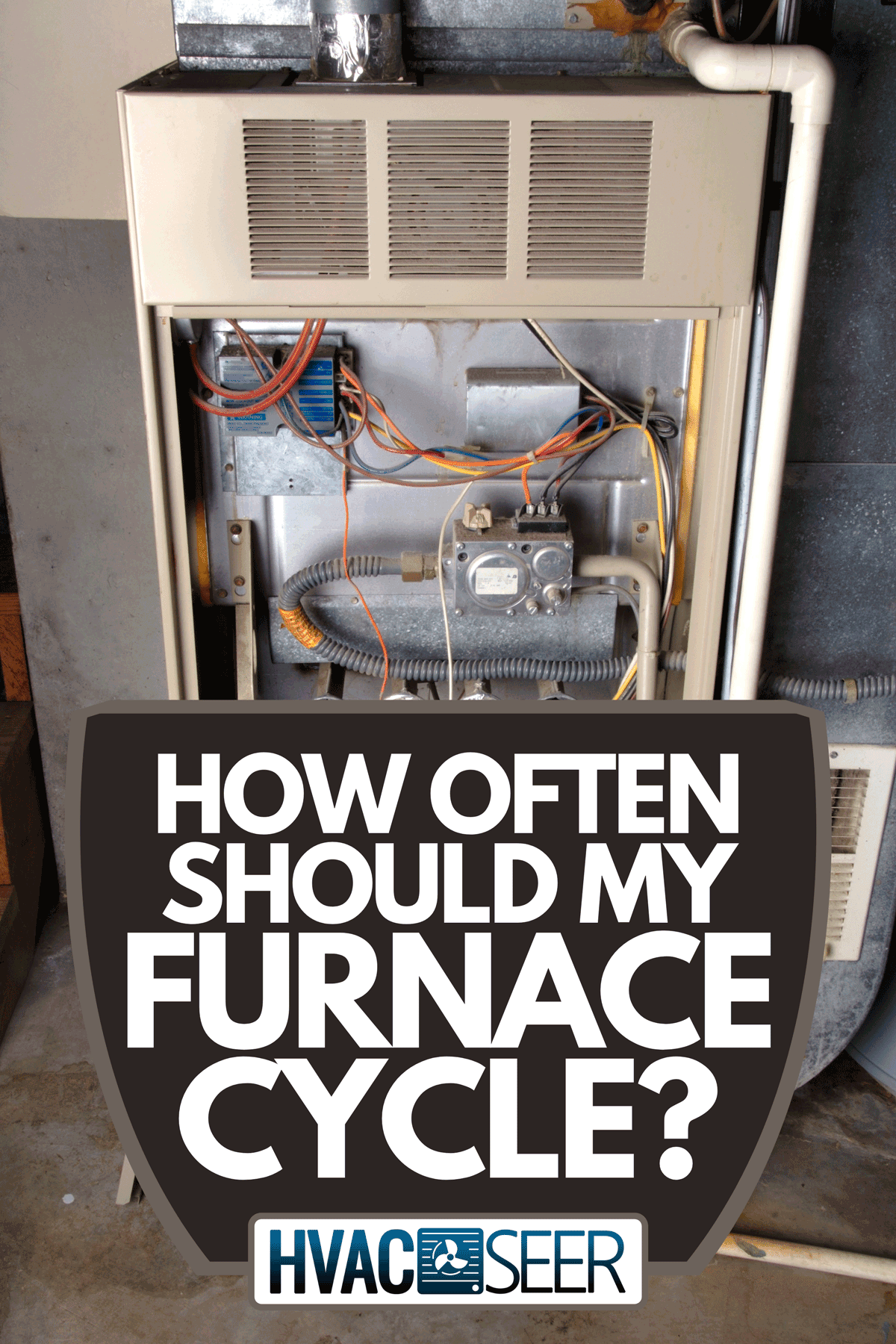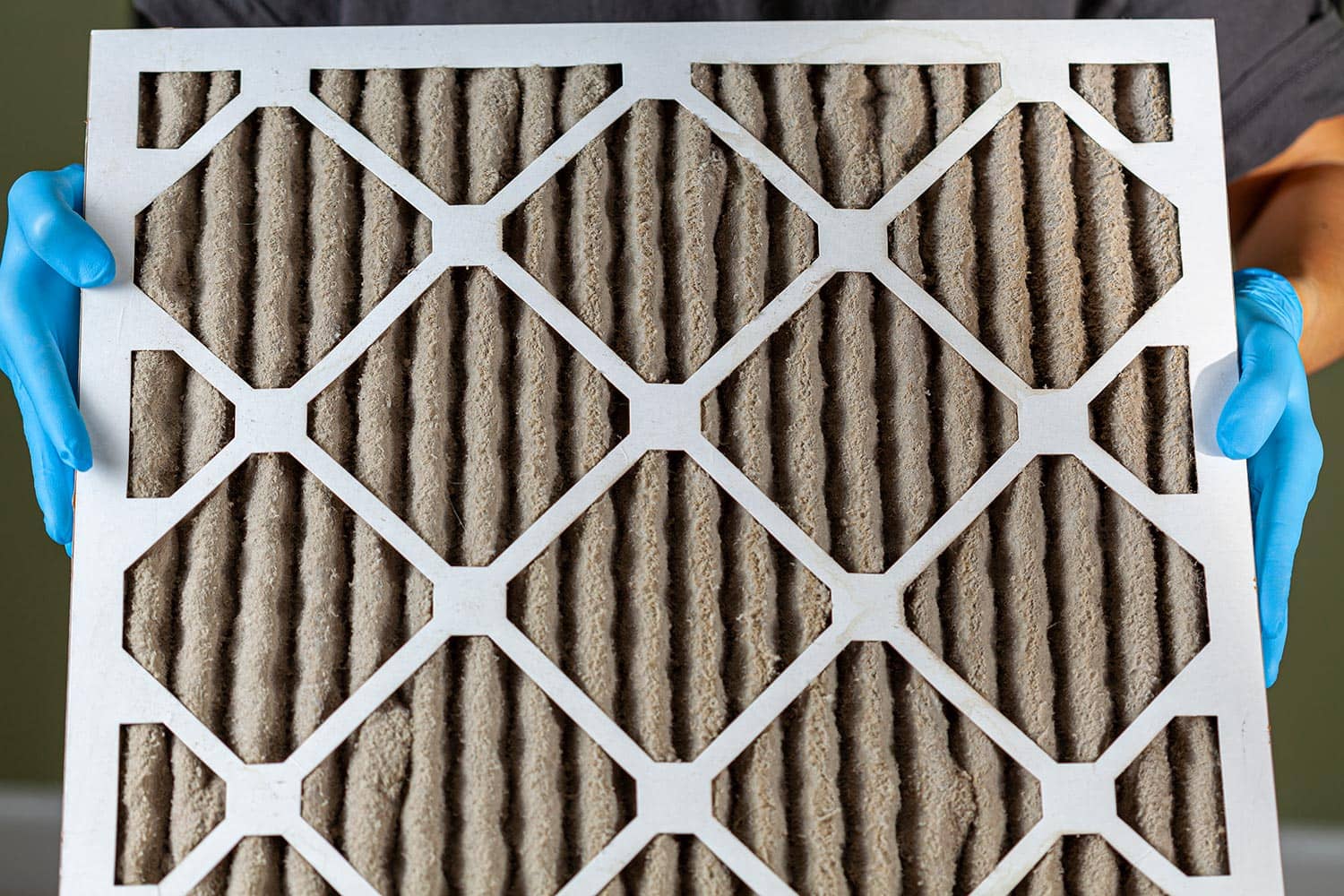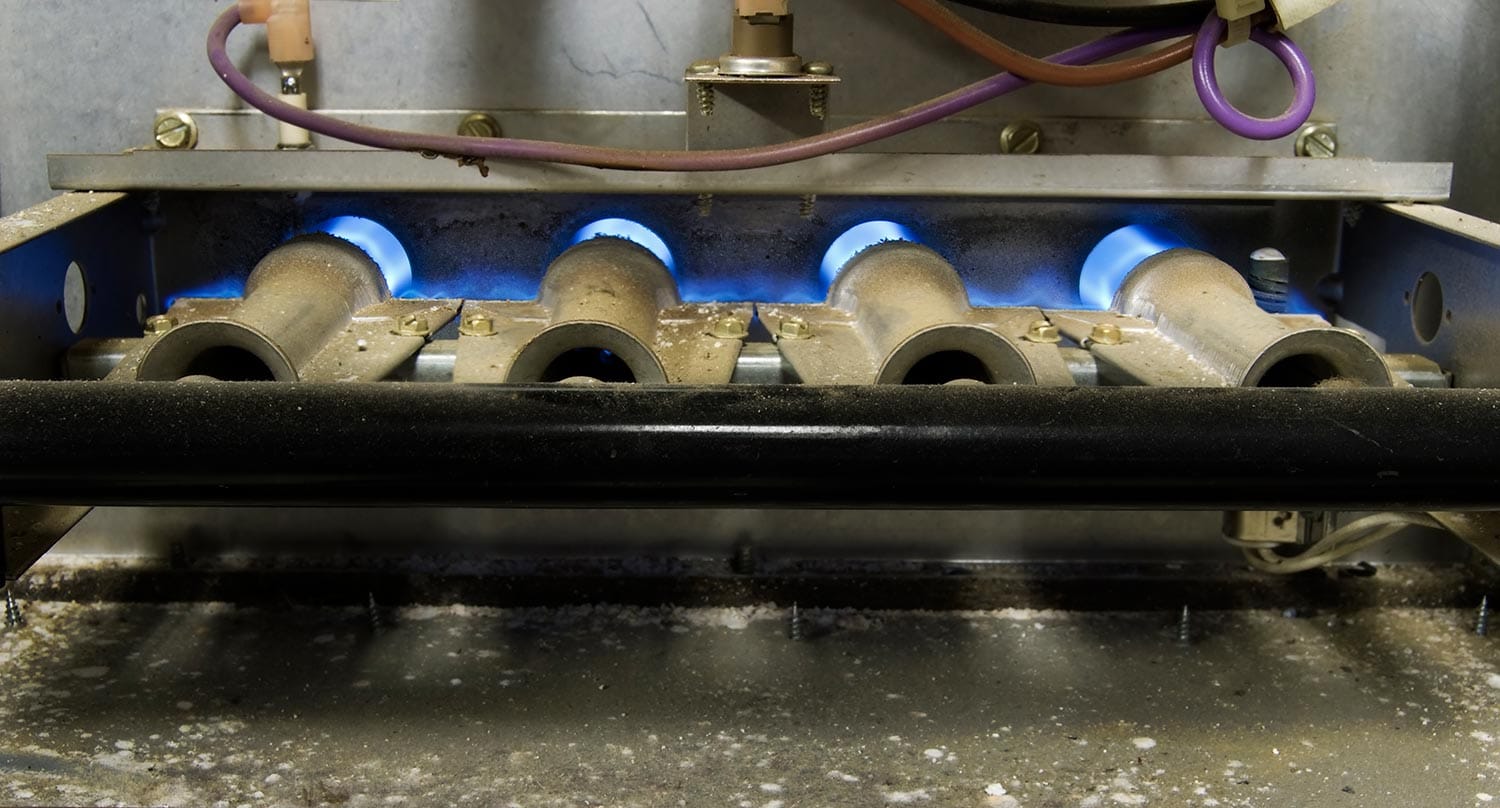Whether you're new to operating a furnace or are curious to learn more about them, it's crucial to understand how they work. This way, you're less likely to break the wallet for repairs or accidents. One way to determine if a furnace is correctly operating is by noting how often it cycles per hour. If it isn't cycling correctly, there might be a problem with your furnace. So, if you're curious how often it should cycle, let's find out!
There is no one true answer to the question. We don't all share the same environmental conditions. So, the answer will vary from person to person. In general, it should cycle around 3-8 times per hour. Other factors influence how often it cycles—like the climate or the thermostat setting.
Now that you have a rough idea of how often a furnace should cycle, there are more details you might want to know. For starters, when should you start worrying if your furnace begins to cycle more than in previous months. Additionally, what happens if the furnace runs constantly? These are issues that could cause rise for concern. If you'd like to learn this and more, keep reading ahead.

Frequency of Furnace Cycling
From what you've seen in the answer, the number of times that a furnace cycles can vary. It can be as low as 2-3 times for some. For others, it can be as high as 8-10 cycles per hour. Why is there such a big difference? Additionally, should you worry if it cycles too often?
If you find yourself on the higher end of cycles, there could be some good reasons for the frequency. However, depending on your conditions, it can also indicate that your furnace isn't working correctly. To find out which situation applies to you, let's go over some factors that can influence how many times a furnace cycles per hour.
The Influences
One reason your furnace could be running more often is because of icy cold temperatures. It will push your furnace to cycle more often to maintain the temperature you've set on the thermostat. The thermostat is another factor that you should consider regarding cycles.
If temperatures outside are lower than usual, your furnace will have to work more often to maintain the temperature you're usually comfortable with. So, to reduce the number of cycles, you might want to set the thermostat setting slightly lower. Last but not least, insulation also plays a role.
How well insulated is your home? If too much heat is escaping through the roof, windows, and doorways, you're more likely to end up in a higher range of cycles. In this case, reducing how often your furnace runs is up to external factors. But, what would indicate something is wrong with the furnace itself?
When It Might Be Time For Concern
More cycles don't necessarily mean there's something wrong with your furnace. However, the duration and how warm your home feels are indicators when too much cycling could be a problem. More specifically, how efficiently is your furnace working?
Why Does My Furnace Turn On Every 10 Minutes?

Does it turn on for a few minutes at a time? As some HVAC specialists suggest, the average runtime per cycle is around 10-15 minutes. So, if you're worried it's turning on every 10 minutes, you shouldn't be. It's normal for your furnace to run this long.
However, if it begins to run shorter or longer than the runtime above, it could indicate some problems that you need to check out. Is your furnace running without making any noticeable changes to the temperature in your home? If this situation sounds familiar, your furnace could be short cycling.
What Is Short Cycling?
Short cycling refers to the situation where your furnace turns on and off often without reaching the temperature set on your thermostat. When this happens, your furnace most likely has a component that isn't working as it should. Let's go over some of the causes for a short cycling furnace.
Overheating is one of the most common problems that could be causing your furnace to short cycle. As some suggest, restricted airflow is what causes the overheating to happen. So, the first place you'll want to check is the air filter. If the filter is dirty, air can't enter the furnace.
Air is necessary to allow the heat exchanger to cool down. HVAC professionals recommend you change the filters every 90 days. It can drop lower to every 60 days if you own pets.
Regardless, you need to keep the components clean if you want the furnace to work efficiently.
Airflow

Airflow doesn't stop at the furnace's air filter. There are vents and an exhaust vent that you also need to consider. Furnaces need adequate airflow to work efficiently.
To ensure it has enough airflow, leave all the vents open - even in the rooms that you won't be using. The other vent that you should concern you is the exhaust vent. Some also refer to it as the flue pipe.
Making sure the flue pipe is properly working should be your top priority. It is a crucial component that removes harmful byproducts of the combusted or burned fuel in your home. If you've found no clear problems - and suspect the flue pipe might be blocked - call an HVAC professional to check it out.
Thermostat
Another area that might need inspection is the thermostat. If there are no problems with your furnace, you might have a faulty thermostat. Its batteries might need replacing. Once you've tested the thermostat with new batteries and it still isn't functioning, there might be a problem with the wiring.
In this case, you should consult a professional to fix it.
Oversized Furnace
This situation applies to people who've recently purchased a new furnace. Whether it was a replacement or a fresh install, you might have gotten a furnace that is a size too big for your home. In this case, installers didn't perform the proper tests to find an adequately-sized furnace for your home.
So, you'll have to contact a professional to replace the furnace you have currently with one that fits your needs.
Is It Bad for the Furnace To Run Constantly?

As we've mentioned, several factors determine how long your furnace will continue working. In cases where you're dealing with extremely low temperatures, a furnace that runs constantly isn't a big deal necessarily. Of course, that is if the furnace is of adequate size. It will most likely be doing its job of keeping a consistent temperature throughout your home.
However, with mild conditions, it indicates that you need to perform the several checks we've outlined above.
When Should You Turn Your Heat On?
Having the furnace run all the time is not an ideal way of using one. But, at the same time, you might not want to hesitate in using the furnace. With that in mind, you might want to know when it's the best time to turn on your heat.
Some suggest not looking at the outdoor temperatures when you're deciding on turning on the furnace. Instead, focus on the temperature indoors. If the temperature in your home is below 64 degrees Fahrenheit, this is the best time to turn on the heat. You also need to keep in mind who's living with you.
If you have seniors or kids in the home, your threshold will need to be higher. It will mostly come down to preference. Regardless, the WHO recommends you keep the temperature in your home above 68 degrees if you're housing seniors or children with health problems.
How Do I Stop My Furnace From Short Cycling?
We've covered some of the common causes for short cycling in a furnace above. However, troubleshooting doesn't always go according to plan. If you've checked all the areas and there's still a problem, we'll go over more components that you or a professional will need to inspect.
If you've tried everything you can check on your own, a part that could be malfunctioning is the blower motor. If it is off, the heat exchangers won't be heating air. As a result, the heat exchanger itself will become too hot. So, it will shut the furnace off.
Some signs it's the blower motor give you problems are:
- Poor or no airflow from the vents
- Strange noises when turning on the furnace
- Weird smells
In this case, you'll need a professional to replace the component.
Lastly, a faulty ignition system is another cause for short cycling. If the ignition system does not produce a flame within 4 seconds, the flame sensor will shut off the furnace. To fix this problem, you'll need a professional to inspect the system.
Should the Furnace Be on Auto or On?
The settings you set on a furnace will depend on your preference. To keep it short, professionals recommend you use the auto setting to keep the energy bills low. If you value performance and even distribution of heat, the On setting is the better choice.
Final Takeaway
That covers all the information you'll need to know about furnace cycles. Did you find yourself relieved that your furnace is working as intended? We hope so! We also hope you found the information above helpful!
Before you go, do you have other furnace concerns? Is the pilot light give you trouble? If it isn't staying lit, check out our post - Furnace Pilot Light Won't Stay Lit - What To Do?
Did you find out that the thermostat was causing your furnace problems? You might want to move it to another area. If you'd like to figure how to do so, check out our post - How To Move A Thermostat To Another Room.
Until next time - stay cozy!
